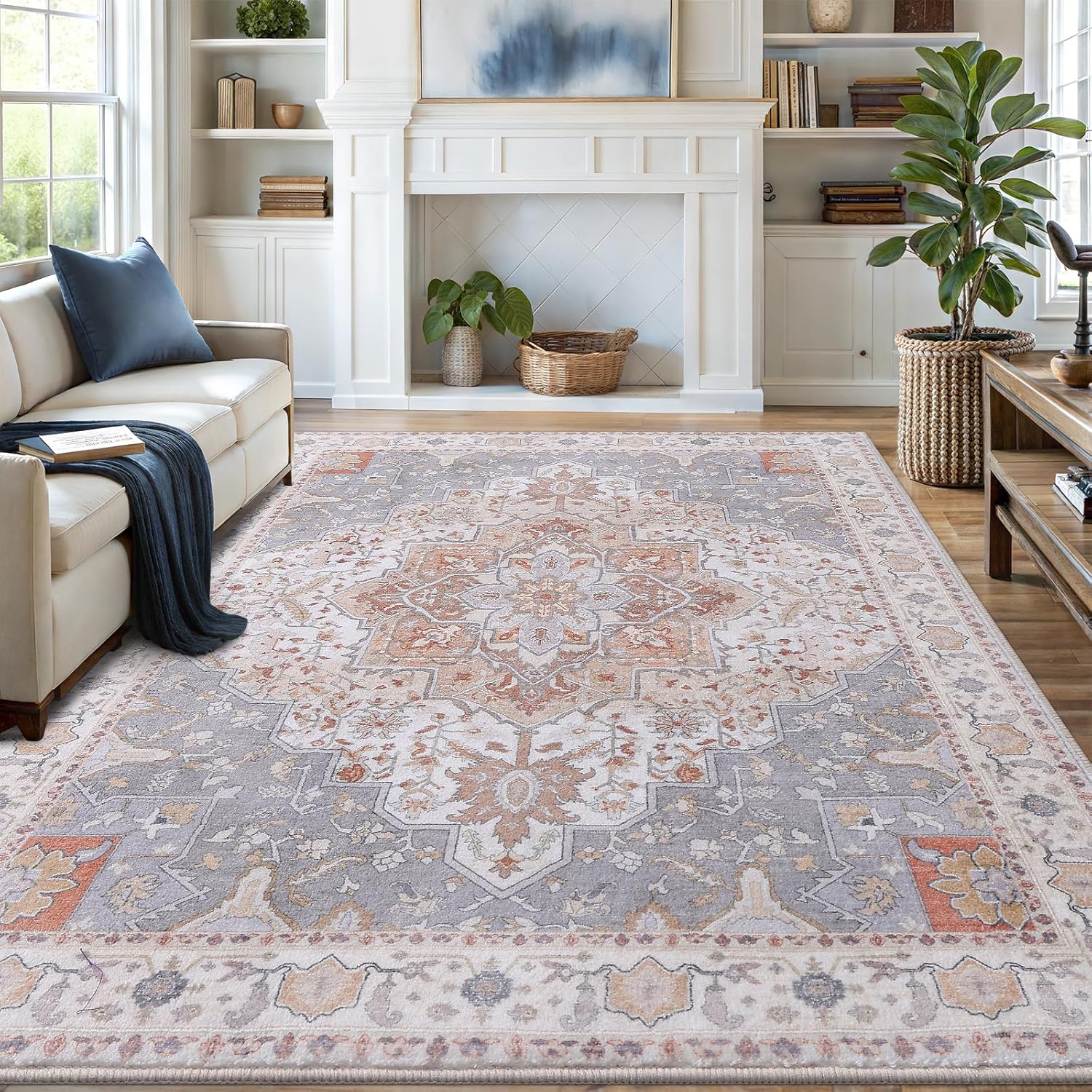Yes, a vacuum cleaner can effectively remove dog hair, especially models designed with strong suction and specialized pet hair attachments.
Dog owners know the struggle of keeping their homes free from pet hair. Vacuums can be powerful allies in this battle, but not all models are created equal when it comes to tackling stubborn dog hair.

How Vacuums Handle Dog Hair
Modern vacuum cleaners with strong suction and specialized attachments can effectively remove dog hair from floors, furniture, and carpets. The key factors that determine effectiveness include:
- Suction power (measured in air watts)
- Brush roll design
- Specialized pet hair attachments
- Filtration system
Suction Power Matters
Vacuums need at least 100 air watts of suction to effectively lift dog hair from surfaces. High-end models like Dyson’s pet series offer 150+ air watts, making them particularly effective for homes with shedding dogs.
Brush Roll Technology
The brush roll is critical for dislodging embedded hair. Look for:
- Anti-tangle designs with vanes that prevent hair wrap
- Stiff nylon bristles for carpet penetration
- Carbon fiber filaments for hard floors

Best Vacuum Types for Dog Hair
| Vacuum Type | Pros for Dog Hair | Cons |
|---|---|---|
| Upright | Powerful suction, wide cleaning path | Heavy, less maneuverable |
| Canister | Excellent for stairs and furniture | Bulky to store |
| Stick/Cordless | Lightweight, convenient | Limited runtime |
| Robot | Daily maintenance between deep cleans | Small bins fill quickly |
Specialized Pet Tools
Many vacuums now include tools specifically designed for pet hair removal:
- Motorized pet brushes that groom while vacuuming
- Crevice tools with rubber edges to scrape up hair
- Upholstery tools with rotating brushes
Maintaining Your Vacuum for Pet Hair
Regular maintenance is crucial when vacuuming dog hair. Follow these steps:
- Empty the bin after each use to prevent clogs
- Clean filters weekly (washable HEPA filters are ideal)
- Remove wrapped hair from brush rolls monthly
- Check hoses for blockages
For more on maintaining cleaning equipment, see our guide on cleaning vacuum filters and maintaining brush rolls.
Alternative Methods for Stubborn Hair
When vacuuming alone isn’t enough, try these techniques:
Pre-Treatment Options
- Rubber gloves – dampen and wipe surfaces to gather hair
- Pumice stones – gently lift hair from upholstery
- Fabric softener sprays – reduce static cling
Combination Approaches
For severe cases:
- Use a lint roller first to remove surface hair
- Follow with a rubber broom to gather remaining strands
- Finish with vacuuming to remove all particles
Choosing the Right Vacuum for Your Dog
Consider your dog’s coat type when selecting a vacuum:
For Short-Haired Breeds
Look for vacuums with:
- Strong suction (120+ air watts)
- HEPA filtration to capture dander
- Hard floor attachments
For Long-Haired Breeds
Prioritize:
- Anti-tangle brush systems
- Motorized pet tools
- Large capacity bins
According to Dyson’s pet research, their specialized pet tools can remove up to 99.97% of pet hair and dander when used properly.
Frequency of Vacuuming
For homes with dogs, vacuuming frequency should increase based on:

Vanmoos 6×9 Machine-Washable Area Rug — Artistic Flair / Beige
Low-pile, non-slip rug that minimizes pet hair collection and makes quick cleanup part of your routine.
Affiliate link — may earn a commission at no extra cost to you.
- Number of pets
- Shedding seasons
- Floor types
- Family allergies
Most pet owners find they need to vacuum high-traffic areas daily and do whole-home cleaning 2-3 times weekly. The AKC recommends more frequent cleaning during seasonal shedding periods.
